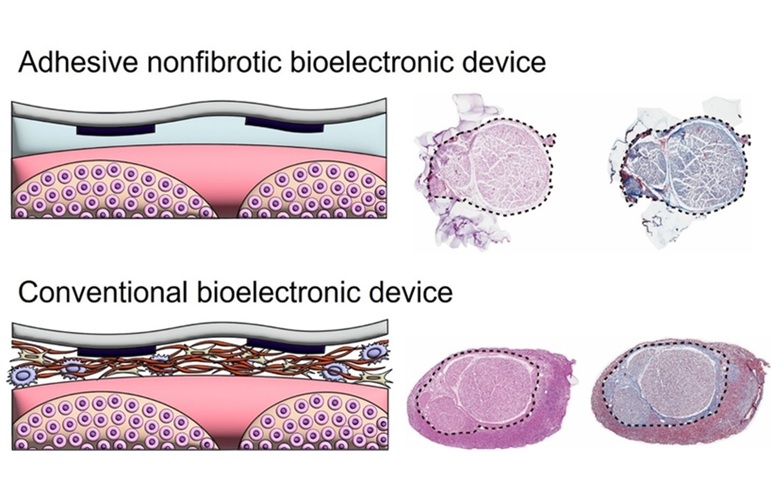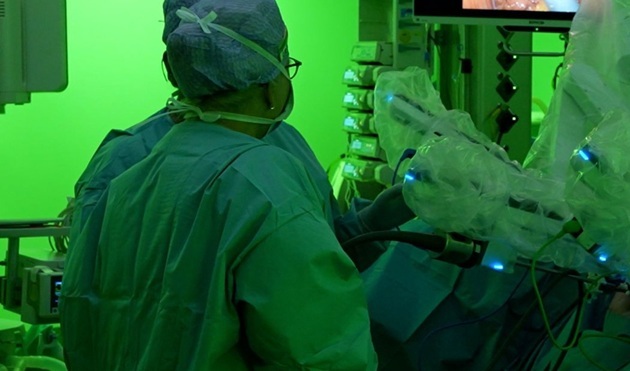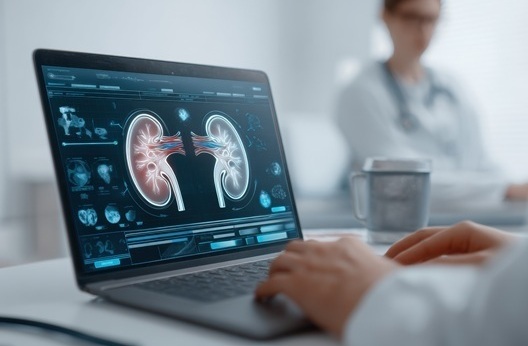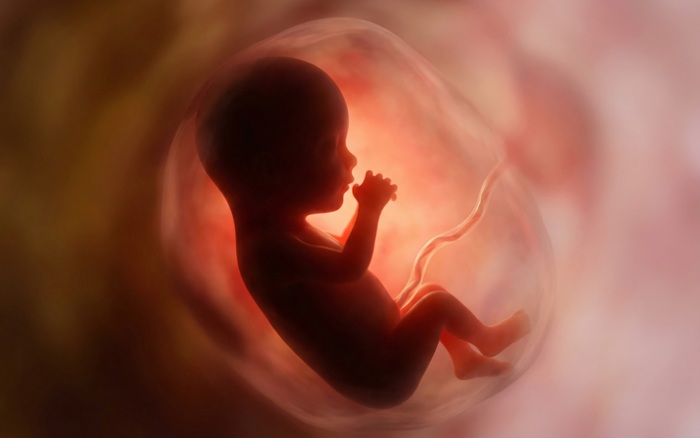Children's Hospitals Are Being Fined Unequally for Readmissions
|
By HospiMedica International staff writers Posted on 01 Mar 2016 |
A new study finds that pay-for-performance (P4P) measures might penalize hospitals treating children from deprived or ethnically backward minorities in an unequal way, due to factors beyond their control.
Researchers at the University of Colorado (Aurora, USA), the Children’s Hospital Association (Overland Park, KS, USA), and other institutions conducted a retrospective cohort study of 43 free-standing children’s hospitals within the Pediatric Health Information System database to determine whether risk adjustment for commonly available social determinants of health (SDH) affects the readmissions-based P4P penalty status of children’s hospitals in the United States.
The researchers examined hospital discharges from 2013 that met criteria for potentially preventable readmissions, and evaluated two risk-adjustment models. The first was a baseline model adjusted for severity of illness. The second was an SDH-enhanced model that adjusted for severity of illness and a set of four variables that included race, ethnicity, payer, and the median household income for the patient’s home zip code. The main outcome was the change in a hospital’s potentially preventable readmissions penalty status.
Data from 179,400 hospital discharges at the 43 hospitals showed that SDH variables were distributed per 39.2% nonwhite, 17.9% Hispanic, and 58.7% publicly insured; median household income for the patient’s home zip code was USD 40,674. When compared with the baseline model, adjustment for SDH resulted in a change in penalty status for three hospitals within the 15-day readmission window, and five hospitals within the 30-day window. The study was published on February 15, 2016, in JAMA Pediatrics.
“Studies like ours show that patients who are poorer or are minorities are readmitted at higher rates than other patients,” said lead author Marion Sills, MD, of the University of Colorado, “which raises concern that the readmissions penalties punish hospitals for the type of patients that they serve, rather than purely for the quality of care they provide.”
Medicare (Baltimore, MD, USA) launched the penalty program in 2012 in an attempt to combat a perverse financial incentive, wherein hospitals earned more money if patients were readmitted to health deterioration after they are discharged, because they can be paid for two stays instead of one. In 2013 Medicare levied fines of USD 227 million against 2,225 hospitals that had their payments reduced by up to 2% the following year.
Related Links:
University of Colorado
Children’s Hospital Association
Medicare
Researchers at the University of Colorado (Aurora, USA), the Children’s Hospital Association (Overland Park, KS, USA), and other institutions conducted a retrospective cohort study of 43 free-standing children’s hospitals within the Pediatric Health Information System database to determine whether risk adjustment for commonly available social determinants of health (SDH) affects the readmissions-based P4P penalty status of children’s hospitals in the United States.
The researchers examined hospital discharges from 2013 that met criteria for potentially preventable readmissions, and evaluated two risk-adjustment models. The first was a baseline model adjusted for severity of illness. The second was an SDH-enhanced model that adjusted for severity of illness and a set of four variables that included race, ethnicity, payer, and the median household income for the patient’s home zip code. The main outcome was the change in a hospital’s potentially preventable readmissions penalty status.
Data from 179,400 hospital discharges at the 43 hospitals showed that SDH variables were distributed per 39.2% nonwhite, 17.9% Hispanic, and 58.7% publicly insured; median household income for the patient’s home zip code was USD 40,674. When compared with the baseline model, adjustment for SDH resulted in a change in penalty status for three hospitals within the 15-day readmission window, and five hospitals within the 30-day window. The study was published on February 15, 2016, in JAMA Pediatrics.
“Studies like ours show that patients who are poorer or are minorities are readmitted at higher rates than other patients,” said lead author Marion Sills, MD, of the University of Colorado, “which raises concern that the readmissions penalties punish hospitals for the type of patients that they serve, rather than purely for the quality of care they provide.”
Medicare (Baltimore, MD, USA) launched the penalty program in 2012 in an attempt to combat a perverse financial incentive, wherein hospitals earned more money if patients were readmitted to health deterioration after they are discharged, because they can be paid for two stays instead of one. In 2013 Medicare levied fines of USD 227 million against 2,225 hospitals that had their payments reduced by up to 2% the following year.
Related Links:
University of Colorado
Children’s Hospital Association
Medicare
Latest Hospital News News
- Nurse Tracking System Improves Hospital Workflow
- New Children’s Hospital Transforms California Healthcare
- Noisy Hospitals Face Threat of Decreased Federal Compensation
- Orthopedics Centre of Excellence Planned for Guy’s Hospital
- Research Suggests Avoidance of Low-Value Surgical Procedures
- U.S. Federal Readmission Fines Linked to Higher Mortality
- Columbia China to Build New Hospital in Jiaxing
- Dubai Debuts Second Robotic Pharmacy Service
- Seattle Hospital Network Shifts Away from Overlapping Surgeries
- ACC to Launch Valvular Heart Disease Program in China
- Mortality Rates Lower at Major Teaching Hospitals
- South Australia to Inaugurate Upscale Hospital
- Raffles to Launch Second Hospital Project in China
- Research Center Tackles Antimicrobial Drugs Challenge
- Miami Cardiac & Vascular Institute Completes Expansion Project
- Hospital Antibiotic Policies Improve Prescription Practices
Channels
Critical Care
view channel
Soft Robots Could Donate Their Heart to Humans
Heart failure is a growing global health burden, and existing artificial hearts and mechanical pumps often fall short of long-term clinical needs. Many current devices rely on rigid components and complex... Read more
Bioadhesive Strategy Prevents Fibrosis Around Device Implants on Peripheral Nerves
Peripheral nerves connect the brain and spinal cord to muscles, organs, and sensory systems, making them key targets for treating neurological and systemic diseases. However, implantable bioelectronic... Read moreSurgical Techniques
view channel
Minimally Invasive Surgery Proven Safe and Effective for Complex ‘Whipple’ Procedure
Tumors of the pancreatic head often require a highly complex operation known as pancreatoduodenectomy or the Whipple procedure. This surgery involves removing multiple structures and creating several internal... Read more
Catheter-Based Procedures Offer Less Invasive Option for Treatment of Valvular Disease
Valvular heart disease, caused by tight or leaky valves between heart chambers, affects up to 10% of older adults and leads to more than 120,000 deaths globally each year. Traditional open-heart surgery... Read morePatient Care
view channel
Revolutionary Automatic IV-Line Flushing Device to Enhance Infusion Care
More than 80% of in-hospital patients receive intravenous (IV) therapy. Every dose of IV medicine delivered in a small volume (<250 mL) infusion bag should be followed by subsequent flushing to ensure... Read more
VR Training Tool Combats Contamination of Portable Medical Equipment
Healthcare-associated infections (HAIs) impact one in every 31 patients, cause nearly 100,000 deaths each year, and cost USD 28.4 billion in direct medical expenses. Notably, up to 75% of these infections... Read more
Portable Biosensor Platform to Reduce Hospital-Acquired Infections
Approximately 4 million patients in the European Union acquire healthcare-associated infections (HAIs) or nosocomial infections each year, with around 37,000 deaths directly resulting from these infections,... Read moreFirst-Of-Its-Kind Portable Germicidal Light Technology Disinfects High-Touch Clinical Surfaces in Seconds
Reducing healthcare-acquired infections (HAIs) remains a pressing issue within global healthcare systems. In the United States alone, 1.7 million patients contract HAIs annually, leading to approximately... Read moreHealth IT
view channel
EMR-Based Tool Predicts Graft Failure After Kidney Transplant
Kidney transplantation offers patients with end-stage kidney disease longer survival and better quality of life than dialysis, yet graft failure remains a major challenge. Although a successful transplant... Read more
Printable Molecule-Selective Nanoparticles Enable Mass Production of Wearable Biosensors
The future of medicine is likely to focus on the personalization of healthcare—understanding exactly what an individual requires and delivering the appropriate combination of nutrients, metabolites, and... Read moreBusiness
view channel
Philips and Masimo Partner to Advance Patient Monitoring Measurement Technologies
Royal Philips (Amsterdam, Netherlands) and Masimo (Irvine, California, USA) have renewed their multi-year strategic collaboration, combining Philips’ expertise in patient monitoring with Masimo’s noninvasive... Read more
B. Braun Acquires Digital Microsurgery Company True Digital Surgery
The high-end microsurgery market in neurosurgery, spine, and ENT is undergoing a significant transformation. Traditional analog microscopes are giving way to digital exoscopes, which provide improved visualization,... Read more
CMEF 2025 to Promote Holistic and High-Quality Development of Medical and Health Industry
The 92nd China International Medical Equipment Fair (CMEF 2025) Autumn Exhibition is scheduled to be held from September 26 to 29 at the China Import and Export Fair Complex (Canton Fair Complex) in Guangzhou.... Read more















